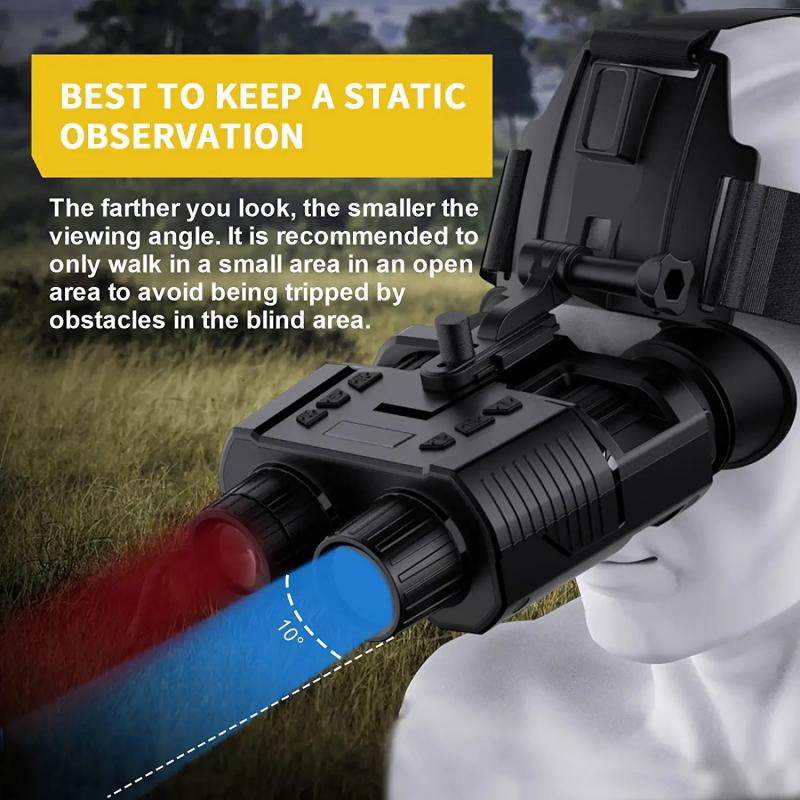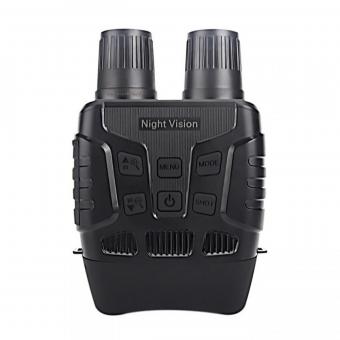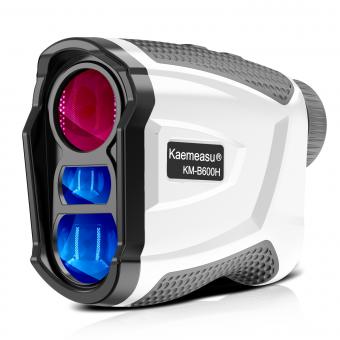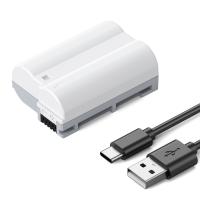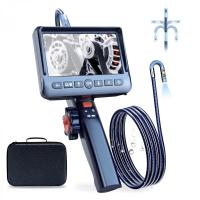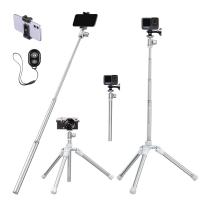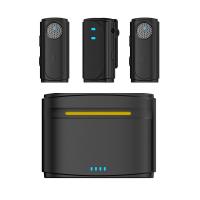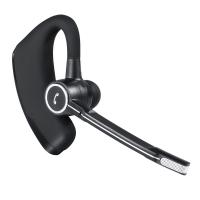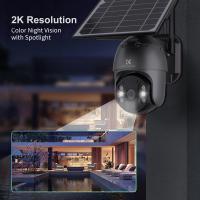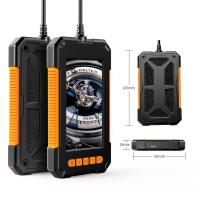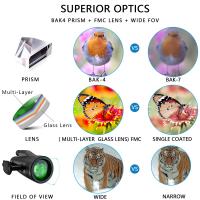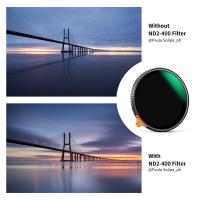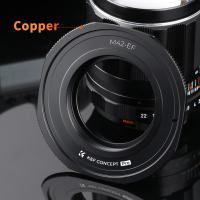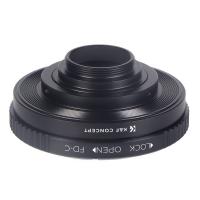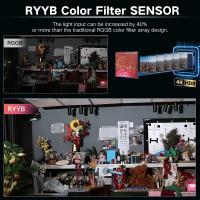What Is The Longest Distance Binoculars ?
The longest distance binoculars refer to binoculars with a high magnification power that allows users to view objects at a greater distance. These binoculars are designed to provide a clear and detailed view of objects that are far away, such as wildlife, landscapes, or astronomical objects. The exact maximum distance that can be achieved with binoculars depends on various factors, including the specific model, magnification power, and the atmospheric conditions. However, some high-end binoculars can offer magnification powers of up to 20x or more, allowing users to observe objects at distances of several kilometers or even further.
1、 "Magnification Power" - The highest level of zoom available.
The longest distance binoculars in terms of magnification power are typically referred to as astronomical binoculars. These binoculars are specifically designed for stargazing and observing celestial objects from a distance. They offer a higher level of zoom compared to regular binoculars, allowing users to see objects that are located at great distances.
The magnification power of binoculars is denoted by two numbers, such as 10x50 or 20x80. The first number represents the level of zoom or magnification, while the second number indicates the diameter of the objective lens in millimeters. The higher the magnification power, the closer the objects appear.
Astronomical binoculars usually have magnification powers ranging from 15x to 25x or even higher. These high levels of zoom enable users to observe celestial bodies like the moon, planets, and even distant galaxies with greater detail. However, it's important to note that higher magnification also means a narrower field of view and reduced image stability, making it more challenging to track moving objects.
It's worth mentioning that the concept of the "longest distance binoculars" is subjective and can vary depending on individual preferences and specific use cases. Some may prioritize magnification power, while others may prioritize other factors like image quality, portability, or durability. Therefore, it's essential to consider all these aspects before choosing the right binoculars for your needs.
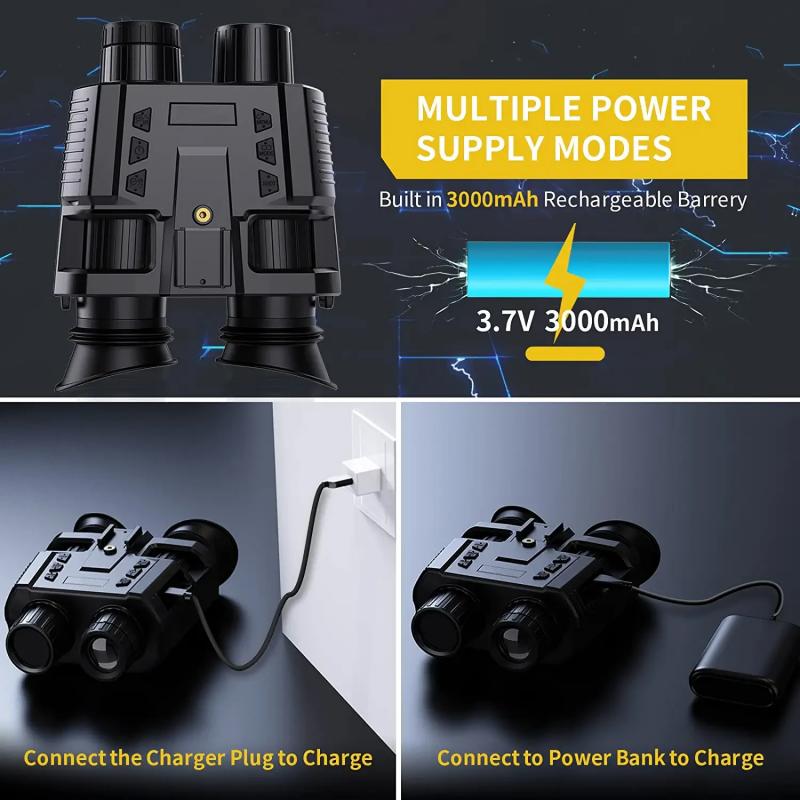
2、 "Objective Lens Diameter" - The size of the front lenses.
The longest distance binoculars are typically determined by their objective lens diameter. The objective lens diameter refers to the size of the front lenses, which plays a crucial role in determining the amount of light that enters the binoculars. The larger the objective lens diameter, the more light can be gathered, resulting in brighter and clearer images.
Currently, the largest objective lens diameter available in binoculars is around 100mm. These binoculars are often referred to as giant binoculars and are primarily used for astronomical observations. With their large objective lenses, they can gather a significant amount of light, allowing users to observe distant celestial objects with great detail.
However, it's important to note that the objective lens diameter alone does not determine the longest distance binoculars can reach. Factors such as magnification power, lens quality, and atmospheric conditions also play a significant role in determining the maximum distance at which binoculars can provide clear and detailed images.
In recent years, there have been advancements in lens technology and image stabilization systems, which have improved the performance of binoculars in terms of distance. These advancements have allowed for greater magnification power and image clarity, enabling users to observe objects at longer distances.
It's worth mentioning that the maximum distance at which binoculars can provide clear images is also limited by the Earth's curvature and atmospheric conditions such as haze, fog, and air pollution. Therefore, while binoculars with larger objective lens diameters can gather more light and potentially provide clearer images, the actual maximum distance they can reach is influenced by various factors.
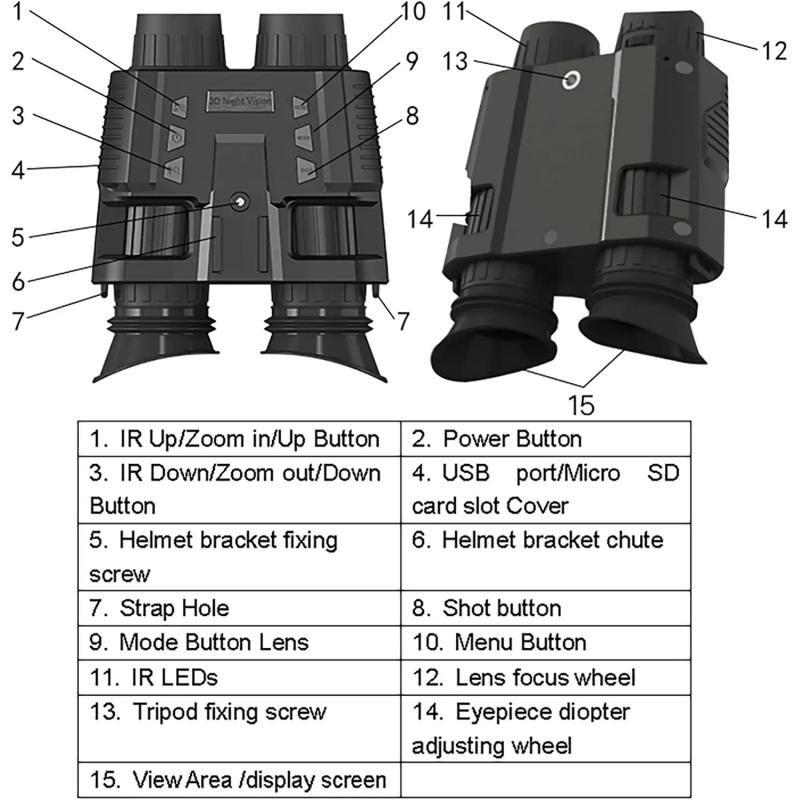
3、 "Exit Pupil Size" - The diameter of the light beam exiting the eyepiece.
The term "Exit Pupil Size" refers to the diameter of the light beam that exits the eyepiece of binoculars. It is an important factor to consider when choosing binoculars as it determines the amount of light that reaches your eyes and ultimately affects the brightness and clarity of the image you see.
The exit pupil size is calculated by dividing the diameter of the objective lens by the magnification power of the binoculars. For example, if you have a pair of binoculars with a 10x magnification and a 50mm objective lens, the exit pupil size would be 5mm (50mm divided by 10).
In terms of the longest distance binoculars, the exit pupil size is not directly related to the maximum distance that binoculars can see. The maximum distance that binoculars can see is determined by factors such as the magnification power, the quality of the optics, and atmospheric conditions.
However, a larger exit pupil size can be beneficial in low-light conditions as it allows more light to enter your eyes, resulting in a brighter image. This can be particularly useful for activities such as stargazing or wildlife observation during dawn or dusk.
It is worth noting that the human eye's pupil size can vary depending on age and lighting conditions. In bright light, the pupil constricts, while in low light, it dilates to allow more light to enter. Therefore, a larger exit pupil size may not always be necessary or advantageous, especially in well-lit environments.
In conclusion, while the exit pupil size is an important consideration when choosing binoculars, it is not directly related to the maximum distance that binoculars can see. Factors such as magnification power, optical quality, and atmospheric conditions play a more significant role in determining the maximum distance.

4、 "Eye Relief" - The distance between the eyepiece and the eye.
The term "Eye Relief" refers to the distance between the eyepiece of binoculars and the eye. It is an important factor to consider when choosing binoculars, especially for individuals who wear glasses or have limited eye mobility. Eye relief determines the comfort level and ease of use of binoculars, as it affects the field of view and the ability to see the entire image without straining the eyes.
The longest distance eye relief binoculars currently available on the market vary depending on the brand and model. However, it is generally agreed that a longer eye relief is beneficial for those who wear glasses or have difficulty getting their eyes close to the eyepiece. This allows them to maintain a comfortable viewing position without sacrificing the field of view.
Some high-end binoculars offer eye relief distances of up to 20mm or more, which is considered quite generous. These binoculars are designed to accommodate individuals with glasses by providing ample space between the eyepiece and the eye. However, it is important to note that longer eye relief may result in a narrower field of view, so it is a trade-off that needs to be considered.
It is worth mentioning that advancements in technology and design have led to improvements in eye relief distances in recent years. Manufacturers are constantly striving to enhance the user experience by offering binoculars with longer eye relief and wider fields of view. Therefore, it is advisable to research and compare different models to find the binoculars that best suit your specific needs and preferences.
In conclusion, the longest distance eye relief binoculars currently available on the market can provide eye relief distances of up to 20mm or more. However, it is important to consider the trade-off between eye relief and field of view when choosing binoculars.
